Do you know that the correct installation of a kitchen chimney not only helps in better performance but it takes care of the overall safety as well!
You might be upgrading or installing a new kitchen chimney in your house, and if that’s the case, you should be aware of some crucial aspects such as installation height, suction capacity, stove type, ducts, etc.
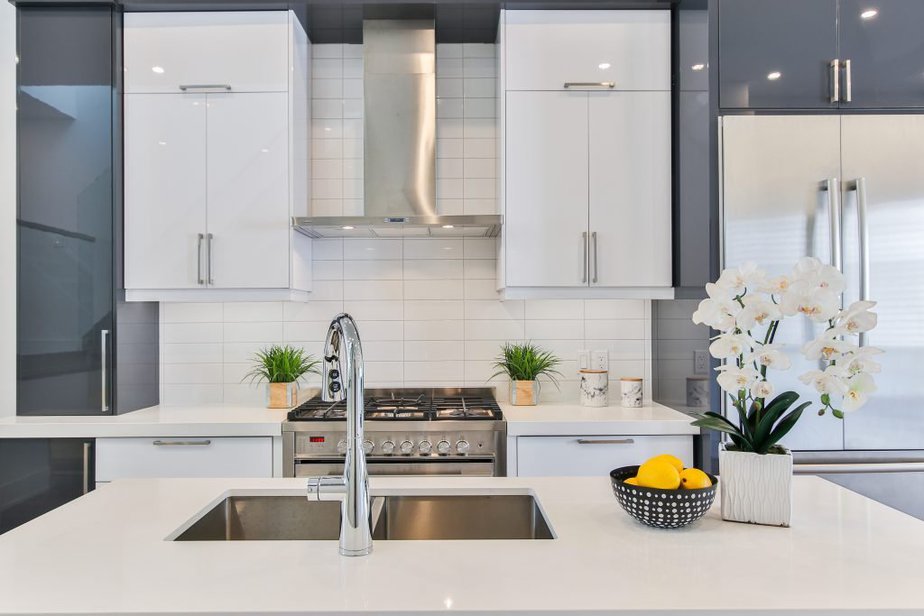
Many people are under the impression that proper calculation of these aspects can be a hassle; however, trust me, it won’t.
Though it is always advisable to get professional help while installing a chimney however it is not a must, you can do that as well, just that you need proper guidance and knowledge to make sure a hassle-free experience.
A chimney is a necessity of every household nowadays. Be it cleanliness or ventilation; this appliance plays a vital role in every kitchen.
Precise height is the only best way to get the best performance of a chimney. The reason being, if the height goes more than the ideal measurements, it would impact the exhaust and suction power. And, anything below the optimal height can lead to fire accidents.
Further, in this article, we will discuss every vital piece of information you should know about kitchen chimney suction capacity & height calculation.
I will make sure this article helps you perform kitchen chimney installation in the best possible manner.
So, without further ado, let’s dive right in…
Our Top Picks:-
Height Calculation – Installation of the Chimney
Maintaining the chimney at a safe distance from the gas stove is extremely important. And as we discussed, if space is below par, then there are chances that the appliance might catch fire.
And at the same time, if the distance is more than optimal, it would significantly impact the exhaust abilities.
The stove type also plays a vital role in knowing the exact height of the chimney. So, below I’ll be sharing the distance to which the chimney needs to be installed. In case you’d like to know the accurate measurement, you may also refer to the manufacturer’s manual.
The height of the chimney should be somewhere between 21-30 inches which depend on the stove type as well.
- Electric Stove – 21- 30 inches
- Gas Stove – 24- 30 inches
Some experts suggest that maintaining the height of about 25- 30 inches is entirely safe however I’d still recommend checking the manufacturer’s manual to know the precise measurement.
Check out today’s deals and offers on best selling kitchen chimneys.
Some other factors that you should consider
1) Cooktop Type
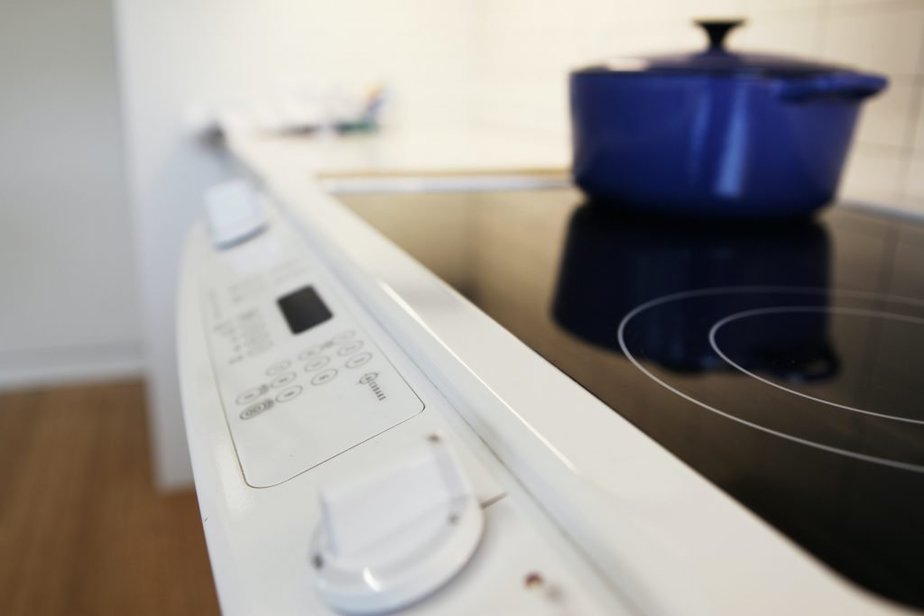
First & foremost, the distance of the stove to the chimney is also determined by the type of cooktop you use. The majority of Indian households choose to opt for induction stoves (the electric ones).
So, before you even purchase a kitchen chimney, make sure that it suits the cooktop type. In cases of induction stoves, it doesn’t involve direct times when you cook. In electric units, it is entirely safe even if the height is below 24 inches.
In case you have a gas stove, make sure the height is not less than 24 inches. I would also suggest you check the manufacturer’s manual for accurate height installation.
2) Kitchen Space
The way your kitchen is designed plays a vital role as well. If you have placed the stove near the outer wall, then the smoke, fumes, dust, and foul odor can be eliminated easily.
The width of the chimney varies according to the brand. The amount of space you have in your kitchen decides the exhaust and chimney type you have to purchase.
For instance, if the stove is placed far from the outdoor, the appliance would require a long duct. Stoves placed in the sidewalls need a long duct with more turns and bends, resulting in reduced efficiency. Hence, the suction power would also get reduced, making it less efficient as well.
Well, it is evident that it’s slightly challenging to match all the requirements at once. Of Course, there can be ups and downs, but you can still install a chimney to get things taken care of.
3) Chimney’s Dimension
The dimension of the chimney should also be taken into consideration before you go ahead and buy it.
When it comes to Indian kitchens, you see many tadkas, spices, oil, etcetera. Hence, a chimney of Indian kitchens should be slightly bigger either way.
The cooktop of your kitchen determines the width of the hood. If your stove has around 2-4 burners, you should go ahead with a chimney width of 60 centimeters or more. Anything less than that would make suction power incomplete.
Simultaneously, if the stove burners are more than 4, you should have to at least go with more than 90-centimeter width.
4) Suction Power (Capacity)
Suction power, also named exhaust rate, refers to the precise power of the motor to suck the fumes per hour. The calculation of the suction capacity depends on the dimension and design of your kitchen, and it can be done pretty quickly.
The exhaust power of the chimney is reciprocally related to the distance between the appliance and the stove. It is basically measured in the unit of cubic meters per hour.
If you would like to install a chimney at a great height from the stove, go ahead with higher suction power. And if the chimney has low suction power, do not install it at a higher elevation as it will impact the efficiency of the motor.
5) Should you opt for ductless or duct chimneys
There are a lot of chimneys in the market that come with ducts. In layman’s language, the duct is a pipe that acts as a source to dispose of the dust and fumes outdoors.
That said, even if space is a concern in your kitchen, do not go with a long duct. Long duct would only cause more bends and turns, resulting in impacting the efficiency.
Now there are times when it becomes slightly tricky to find the best placement for a gas stove for a chimney with a short duct. If that’s the case, choose a chimney with high suction power, leading to better efficiency even if the height is more.
Additionally, do not install the chimney from the lower side. The reason being, there are high chances of the chimney catching fire when there is an exposure of a massive number of fumes which is not safe at all.
Best Way To Calculate the Suction Power
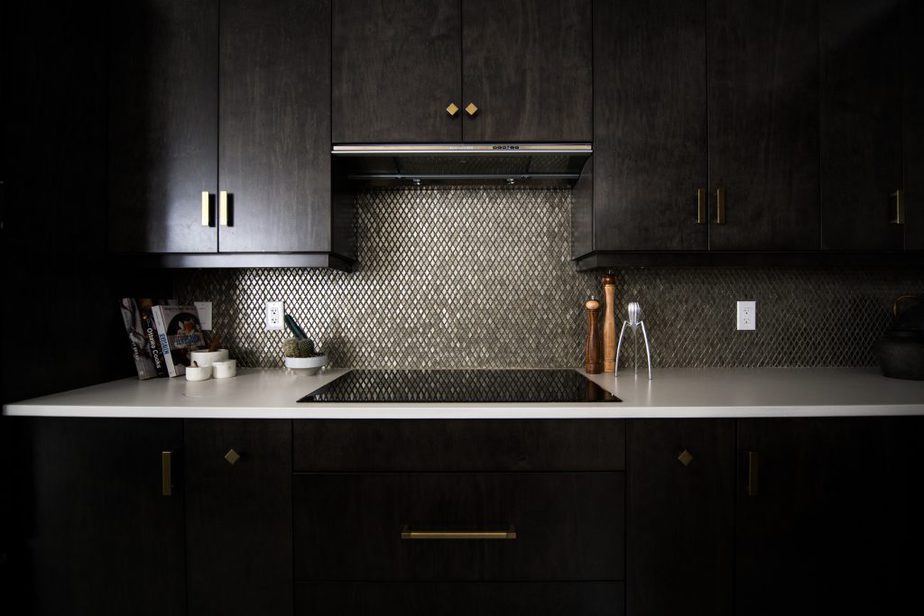
The only way you can find the perfect match for the best kitchen chimney for your home is to understand the suction power of the appliance.
You can easily calculate the suction power of the hood if you know the volume of the kitchen. Like we discussed, suction power is calculated in the units of cubic meters in an hour.
Exhaust power refers to how fast the dirty fumes, odor, and gases get absorbed and thrown out to the outdoors.
- Suction power should be = Kitchen Volume x [10x]
The minimum suction power that a chimney offer is somewhere around 270mm^3
- Kitchen’s Volume – Height(meter) x Width (meter) x Length (meter)
Once you know the volume of your kitchen, which is height x width x meter, it should be multiplied with the factor of efficiency, which is somewhere around 10
The only matter of concern here is, the more suction power you go with, the more that chimney would make noise. That said, nowadays you can even get high suction power latest silent kitchen chimneys as well.
Tips To Choose the Best Chimney Hood
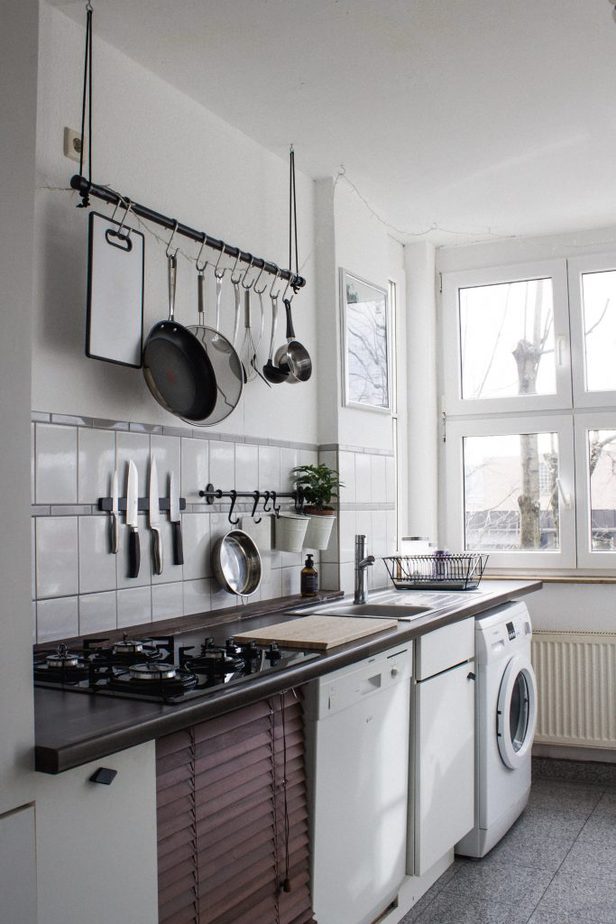
To choose the best kitchen chimney, many factors should be taken into consideration, such as space of the kitchen, budget, purpose, cooking needs, and a lot more.
Further, I’ll share some essential factors that will surely help you choose the perfect chimney hood for your kitchen.
1) Pricing

The first and foremost thing you need to understand is how much you plan to spend on a chimney. Installing an appliance that suits all the needs and requirements can be slightly expensive.
That said, it is up to you that you go with a ductless or with a duct. Research shows that chimneys with ducts are proven to be more efficient than without them.
However, you can still adjust the settings depending on the space in the kitchen. Additionally, a pre-installed chimney turns out to be more economical than the entire framework.
Now you can research the styles and variety and choose the one that best suits your budget and requirement. Elica and Faber chimneys are also worth it; if you want, you review further details through the highlighted link mentioned above.
2) Convenience
The distance and width of the outlet must have to be accurate for the flexibility of the chimney duct. Its hole should have to be less than 6.4 cm ensuring proper flow of dirty gases and fumes.
If there are proper arrangements to support ducts in the kitchen, you can surely opt for the ducted units. If not, then you can also choose to opt for a ductless hood. It wouldn’t require any specific arrangements which would surely result in saving some money.
3) Circulation of Air
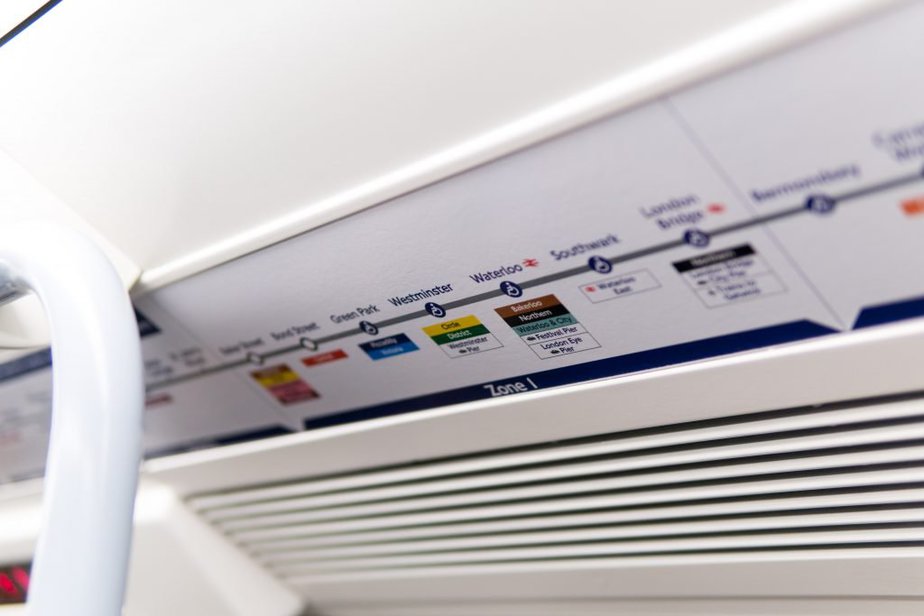
I am sure we all know the importance of fresh air, continuous circulation of fresh air would also help clean the air.
That said, if your kitchen is designed in a very closed space with lots of humid air, then you should go with a ducted chimney because the adequate circulation of fresh air is vital. And in this case, a ducted hood will certainly provide proper ventilation in your kitchen.
Additionally, if your kitchen is already equipped with windows, exhaust fans, and other ventilation methods, then you can go with a ductless unit. It would work perfectly in this case.
Frequently Asked Questions
1) What should be the ideal distance between the chimney & stove?
As we discussed above, every model has its own preferred heights, which depend on the capacity of the chimney. However, generally, the distance should be maintained at 40- 80 centimeters.
2) Can I install the chimney downside?
It is never advisable to install the chimney downside, especially in an Indian household where there is a lot of spice and frying required. The reason being, there are high chances of chimneys catching fire.
3) Is there a limit of bends and turns for a chimney duct?
Well, there is no rule of thumb when it comes to bend and turn. However, it would be even better if the turns are within 1-2 (not more than that). Additionally, more bunds would impact the suction capacity, which will result in inefficiency.
4) What material should I opt for the chimney duct?
You may generally find materials like PVC, aluminum, and stainless steel; however, I suggest stainless steel. It reduces the risk of corrosion which, as a result, doesn’t require frequent cleaning.
The Verdict
Lastly, I would suggest you pay extra attention to the installation part instead of its designs and brands because it’s the only thing that’s going to matter.
Be it a duct or a ductless kitchen chimney; both should be maintained at a distance from the stove. Additionally, I would also recommend reviewing the manufacturer’s manual thoroughly.
You would find many important details such as chimney height installation, suction power, outlet width, duct length, etcetera.
So, that was all about the height calculation for installing a kitchen chimney comprehensive guide. I hope it helped you understand the precise details.
In case of any doubts or queries, do let us know in the comment section below.
Last update on 2024-01-28 / Affiliate links / Images from Amazon Product Advertising API




